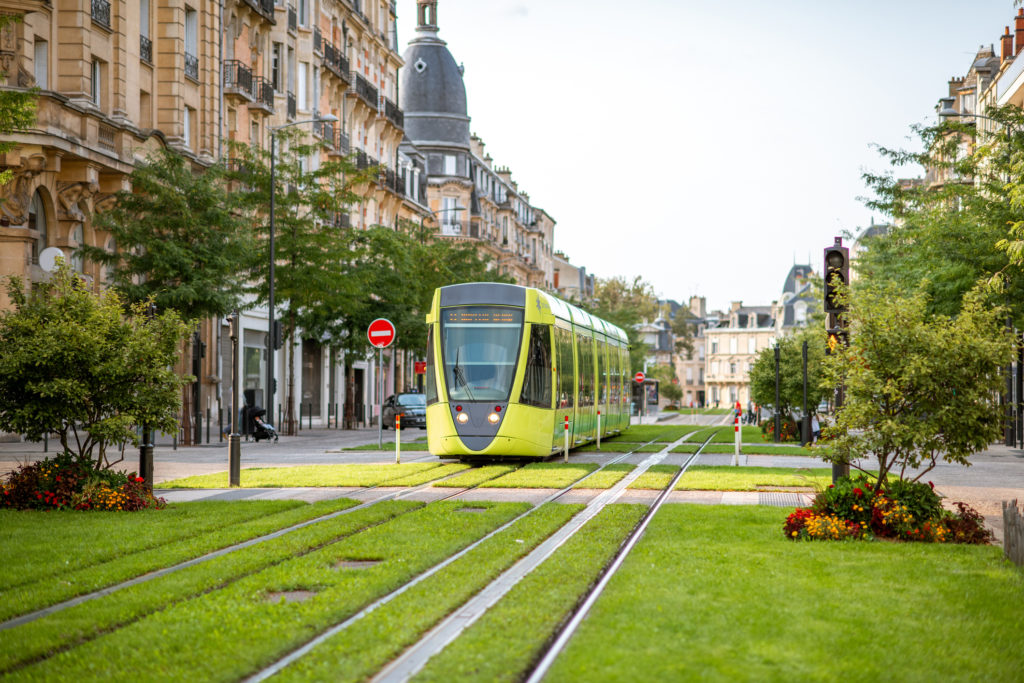Introducing an electronic tram system into Canterbury, Kent, would mark a significant step forward in addressing the city’s ongoing challenges with traffic congestion and connectivity. As one of England’s most historic cities, Canterbury is both a cultural landmark and a hub of modern life, attracting tourists, students, and residents who contribute to its bustling atmosphere. However, this vibrancy has come with the cost of increasing traffic, particularly in the city centre and along the ring road. An electronic tram system offers a sustainable and efficient solution, enhancing the city’s infrastructure while preserving its unique character.

Canterbury’s compact and historic layout, while charming, has made it increasingly difficult to manage the flow of vehicles, particularly during peak times. The narrow streets of the city centre were not designed to accommodate the volume of modern traffic, leading to frequent bottlenecks and a diminished quality of life for residents and visitors alike. An electronic tram system, by providing a reliable and swift mode of transport, would reduce the dependency on cars for short and medium-length journeys. This, in turn, would alleviate pressure on the city’s roads, leading to smoother traffic flow and a more pleasant urban environment.
Moreover, the introduction of trams would encourage a shift towards public transport. Currently, many residents and visitors rely heavily on personal vehicles or buses, which, while effective, contribute to the overall traffic problem. Trams, known for their punctuality and ease of use, would offer a more attractive alternative. With dedicated tracks, trams would be less affected by road congestion, ensuring timely service and making public transport a more appealing option. This would be particularly beneficial for the daily commute, reducing the number of cars on the road and, consequently, lowering carbon emissions.
Another advantage of an electronic tram system is its potential to enhance connectivity across the city. Canterbury is home to a diverse range of attractions, educational institutions, and businesses, all of which would benefit from improved transport links. A tram network could seamlessly connect the outskirts of the city with the centre, making it easier for people to move around without the need for a car. This would not only support the local economy by facilitating access to shops and services but also promote greater social inclusion by making all parts of the city more accessible.
From an environmental perspective, trams represent a cleaner alternative to traditional petrol or diesel-powered vehicles. As the UK continues to push towards net zero carbon emissions, the adoption of electric trams would align Canterbury with national goals for sustainability. Trams produce zero emissions at the point of use, contributing to cleaner air in the city and a reduction in overall carbon footprint. This is particularly important in a historic city like Canterbury, where the preservation of both cultural heritage and environmental quality is paramount.
The implementation of a tram system would also offer long-term economic benefits. While the initial investment in infrastructure may be significant, the returns in terms of reduced congestion, lower pollution levels, and enhanced accessibility would be considerable. Furthermore, a tram network could stimulate local employment, both during the construction phase and through ongoing operations and maintenance. The presence of a modern and efficient transport system could also attract new businesses to the area, drawn by the improved infrastructure and the promise of a greener, more connected city.
Introducing an electronic tram system into Canterbury would be a forward-thinking move that addresses the city’s current challenges while preparing it for the future. By reducing traffic congestion, improving connectivity, and supporting environmental sustainability, trams offer a practical and effective solution. Canterbury, with its rich history and vibrant community, stands to benefit immensely from such an investment, ensuring that it remains not only a city of the past but also one poised to lead in the 21st century.





